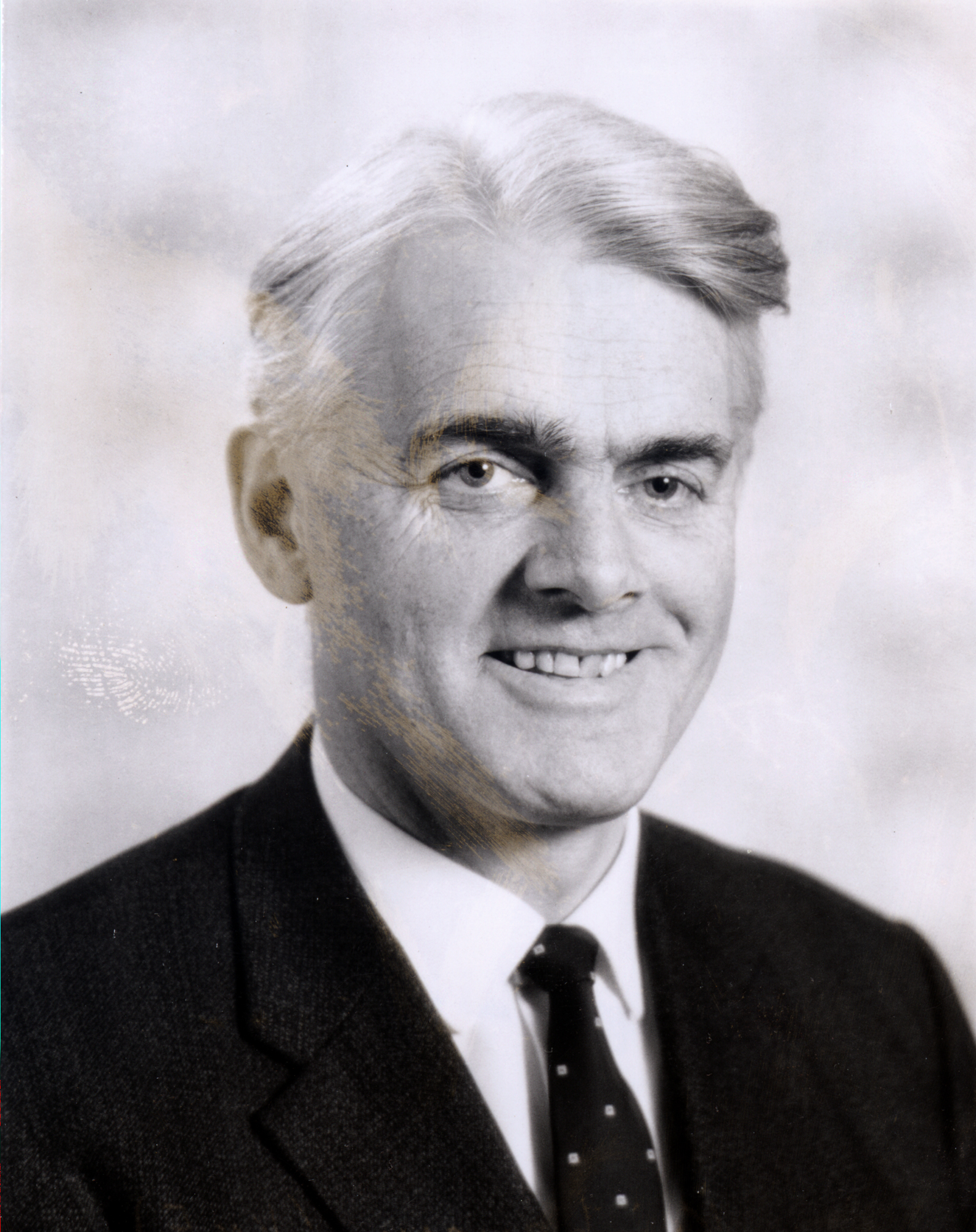Changing the operator
Transferring the Statfjord operatorship from Mobil to Statoil ranks as one of the biggest controversies in Norwegian oil policy. The 1973 licence allowed a change of operator to be requested 10 years after a discovery was declared commercial, and Statoil asked to exercise this right in 1984. Mobil was opposed, and felt it would suffer a huge loss of prestige from such a transfer.

More about society
close
Close

 Operatørskiftet,
Operatørskiftet,

